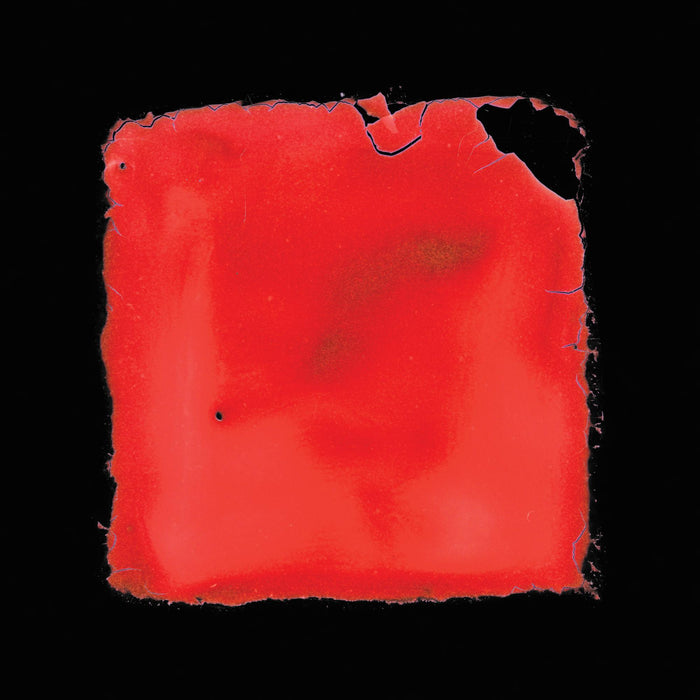Description
In 2013, a New Zealand teenager named Daniel Johann Lines quietly uploaded his debut album, melanchole, to Bandcamp under the moniker salvia palth. The LP was a homespun collection full of vulnerable, self-recorded songs about the overwhelming messiness that comes from growing up and figuring out who you are. Despite modest intentions, the record resonated profoundly with millions on platforms like Tumblr and Youtube, maintaining momentum through the TikTok and streaming era. menchole remains a wildly influential lo-fi release, a moving portrait of youth in turmoil. Over a decade later, Lines returns to the project with a new full-length titled "last chance to see". Out February 16 via Danger Collective Records, the now 27-year-old musician offers his most fully formed and ambitious effort yet. last chance to see is not only a complete artistic reinvention but one that gracefully closes the chapter on a formative period of the songwriter's life.
His decision to revisit the salvia palth moniker is intentional and integral to the album. "These songs thematically tie in with what people who are still listening to the first album might need to hear: young people who struggle to make meaningful relationships," he says. "With melanchole, there's no real closure, and there's no real path forward. You're stuck with this stunted teenage philosophy of vague nihilism that I'm trying to replace with a more constructive philosophy." last chance to see offers a chance to start fresh, to showcase his evolution as a songwriter since 2012, and his emotional growth as a person. The songs here also serve as a roadmap for anyone curious about DIY music and self-recording: besides drum tracks performed by Samuel Austin, everything on the LP was performed, mixed, and recorded by Lines. As sung on closer "still i struggle," "I'm here to say there's nothing to it / it's nothing special, anyone could do it / but still I struggle just to get through it."
As the songs on his debut found new life online, Lines decided to double down on music. He attended the New Zealand School of Music in Wellington while releasing music under different aliases like the electronic side project Adore, 1996, and his name, Daniel Johann. "I was 15 when I recorded melanchole and I couldn't have made it sound good," says Lines. "The reality of the sound of that record is that I didn't know what I was hearing or how to fix it." He started work on last chance to see seven years ago, constantly tweaking, editing, and adding textures to the songs bit-by-bit. The recordings show this level of care: they're impeccably crafted, densely layered, and ambitiously genre-hopping. Standout "that's what" masterfully combines jazzier, organic folk elements with drone and dissonance. There's a palpable level of intention and care in the arrangements as songs careen from psychedelic folk rock to electro-pop, with the occasional breakbeat, bossa nova rhythm, and sample-based freakout.
In 2020 his father, w







